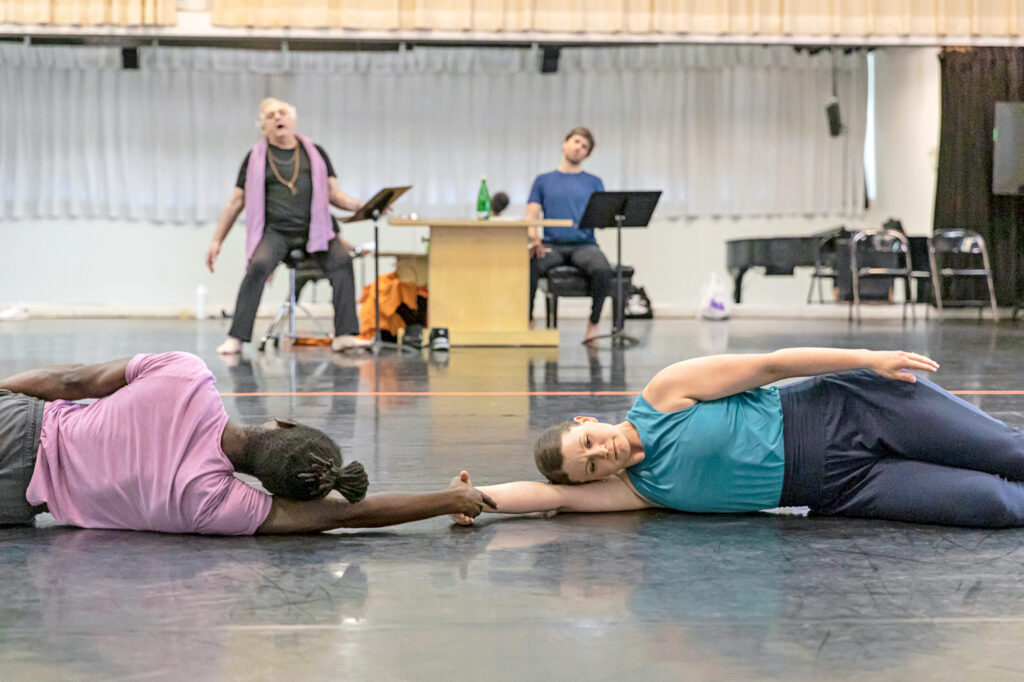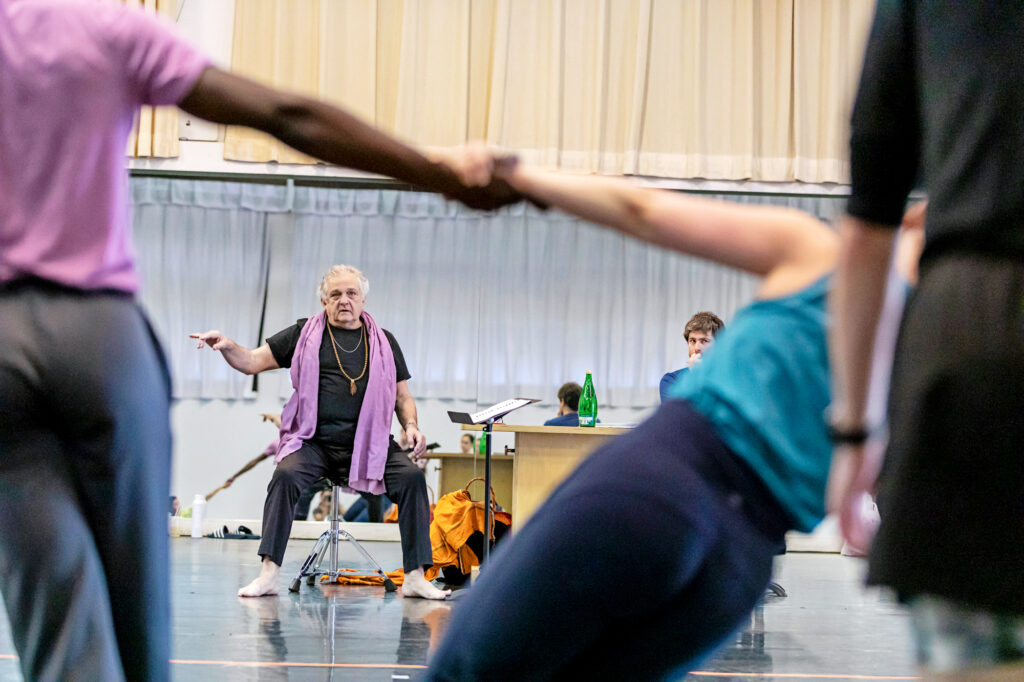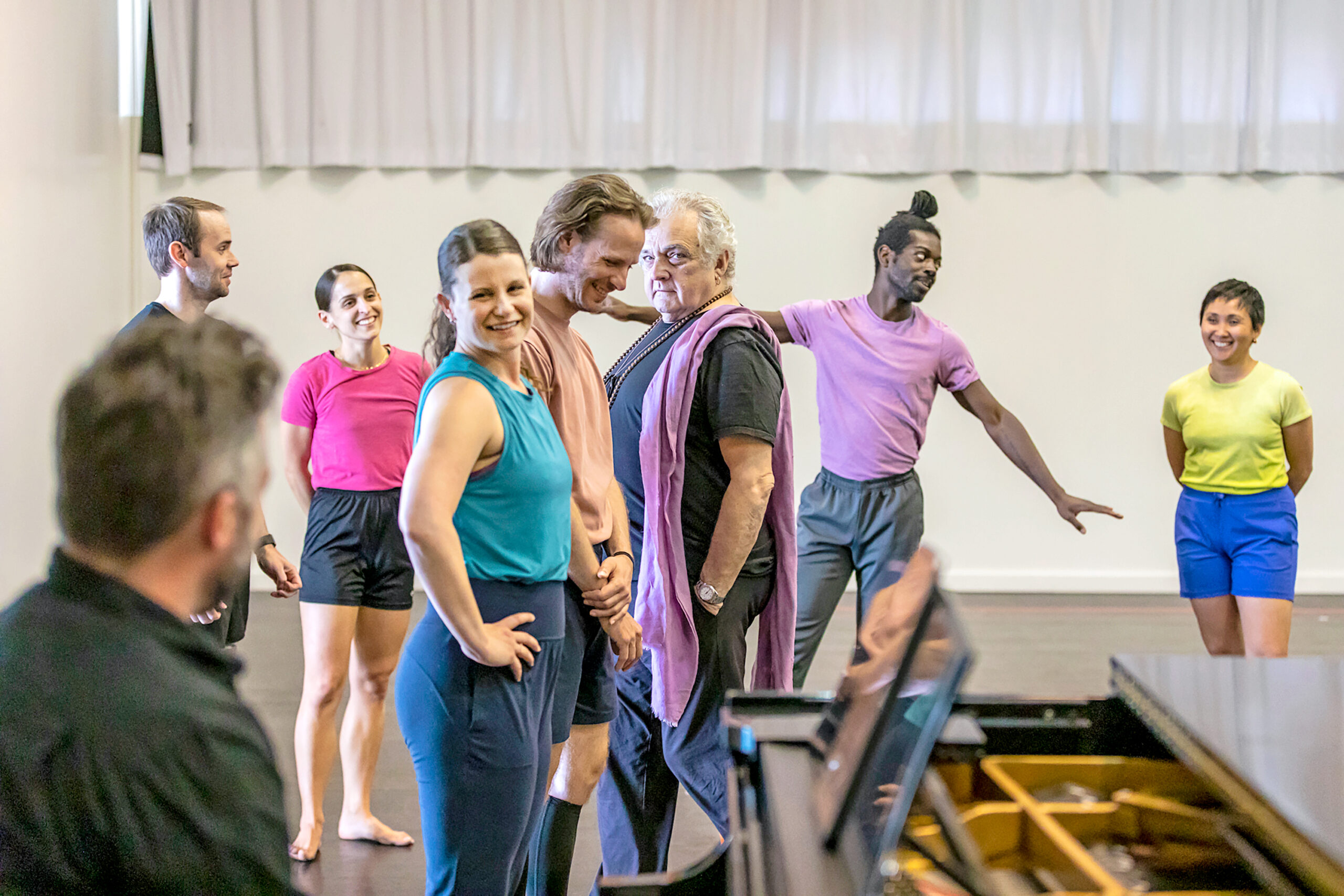Mark Morris Dance Group Makes Its Debut at New York City Mainstay The Joyce Theater
“I’ll go anyplace to see a show,” says Mark Morris. That includes The Joyce Theater, five miles north of and across the East River from his company’s Brooklyn headquarters: “I was just there two nights ago.”
The choreographer turns 67 in August, three months before his company turns 43, yet Mark Morris Dance Group has never appeared onstage at the venerable Manhattan venue—until now. MMDG’s first-ever Joyce engagement, August 1 to 12, features eight shorter works choreographed between 1980 and 2023, including a world premiere set to Bach’s keyboard partita no. 3 in A minor, mischievously titled A minor Dance.
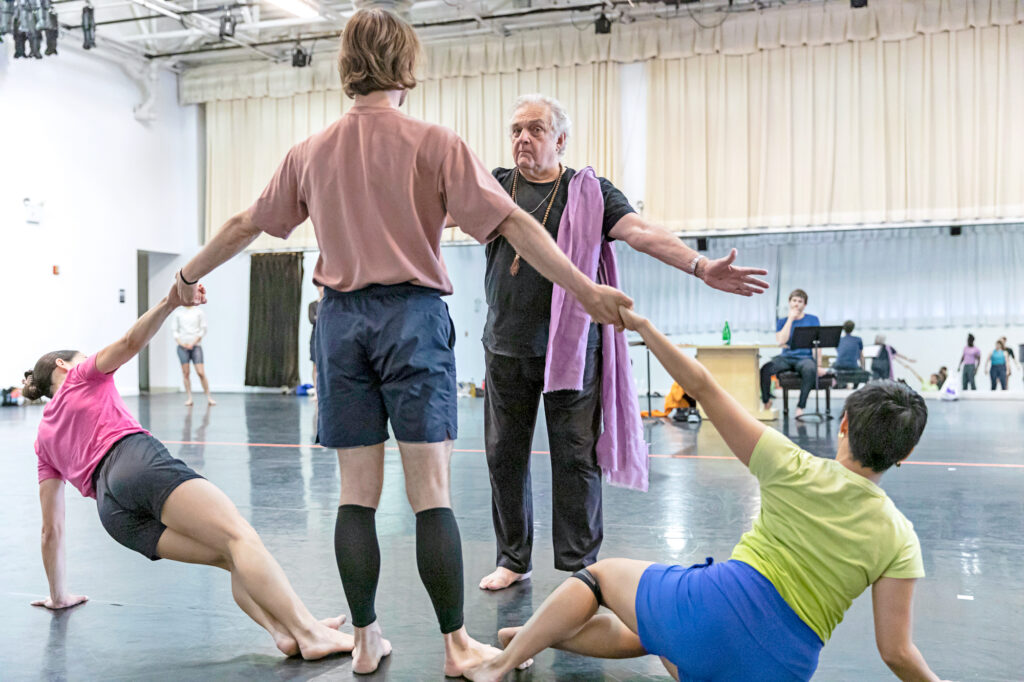
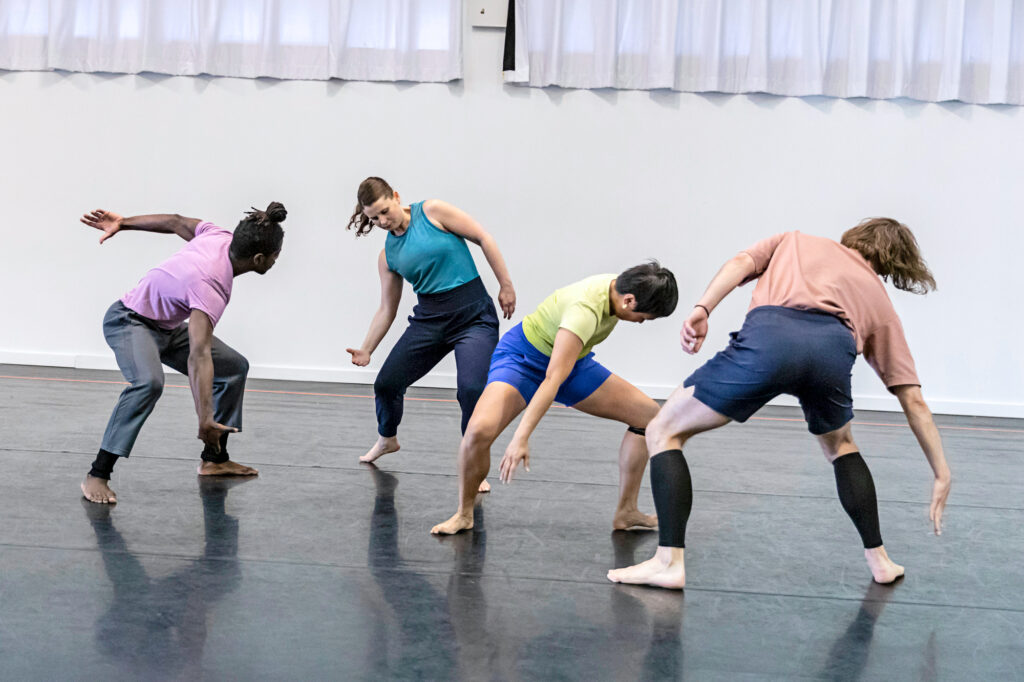
A composition in seven sections from 1727, the partita is “a wonderful and thrilling piece,” Morris says. “It’s all dance rhythms, you know.” Bach is a composer whose music Morris keeps coming back to; the Joyce engagement also includes Italian Concerto (2007), for five dancers. “I could do nothing but Bach for the rest of my life,” he says. “I did a bunch of studies that were never performed, to [Bach’s] two-part inventions, which are fabulous and perfect. He took those and turned them into the incredible keyboard works that you get”—including, a few years later, six keyboard partitas.
Per tradition and MMDG’s longstanding policy, all music will be played live throughout the run, except in two cases. One is A Wooden Tree, from 2012, set to 14 songs by Scottish poet and songwriter Ivor Cutler. “It’s his voice, his arrangements, and him playing, and he’s been dead for 17 years,” Morris explains. The other exception is Castor and Pollux, last performed in 1981, which is set to a score with the same title by the late composer Harry Partch, who modified or invented dozens of unique musical instruments with names like Chromelodeon, Eucal Blossom, Mazda Marimba, and Zymo-Xyl. “They’re difficult to move and prohibitively expensive and it’s just a 16-minute piece, from a period of my life where I had to use recorded music more, because I didn’t have any money,” Morris says. “If I had another half a million dollars, I would do a whole Harry Partch show, which I would love to do at some point, so this is like a tease for that.”
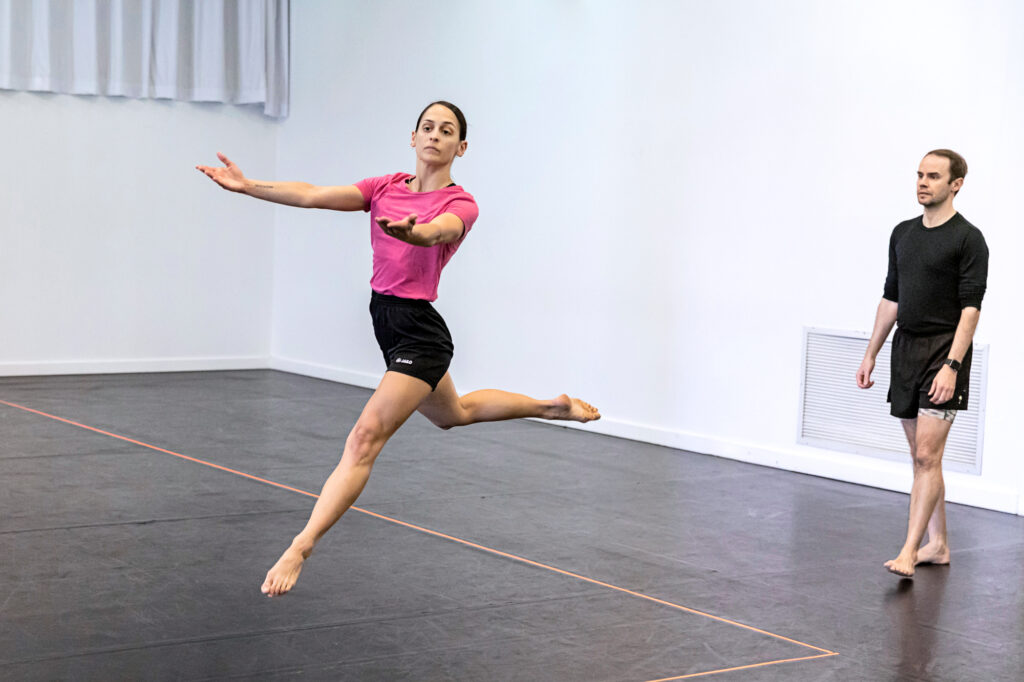
Solo musicians and small groups will perform the remainder of the engagement’s scores, by Béla Bartók, Johannes Brahms, and Lou Harrison—who, like Partch, was an innovator and theorist known for utilizing non-Western musical intonation, tuning, and scales. “They’re composers whose work I love,” Morris says. A minor Dance was a great opportunity, he adds, for MMDG music director Colin Fowler “to play something exciting and virtuosic and not-that-well-known.”
Intimacy is a perennial selling point for companies appearing at The Joyce, which has just 472 seats and no orchestra pit. MMDG’s current programming echoes Paul Taylor Dance Company’s first Joyce engagement last summer, likewise a mix of premieres and rarely seen, earlier works. “One of the benefits for these larger companies is the opportunity to program pieces that might not make sense in massive houses,” says Andy Sheagren, director of marketing at The Joyce.
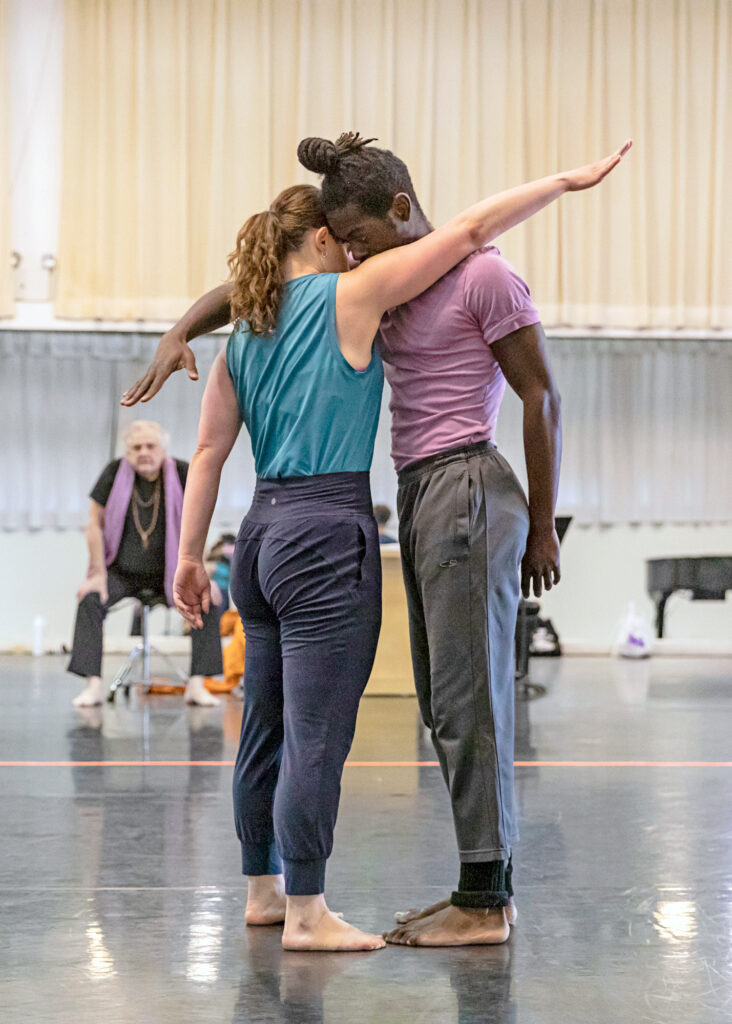
Smaller houses also make audience behavior harder to ignore. “Everyone has very short attention spans. No one can stay off their phones,” Morris says. “Neither of those things is new, of course, but they haven’t improved” since the pandemic. “Now, people aren’t used to talking to each other directly. And everything is more expensive and everything is less convenient. So we’re very delighted when people buy tickets and come see our shows.”
Not that the pandemic or its ripple effects have slowed Morris down. In fact, he’s been choreographing overtime to build a repository of Dances for the Future—new works the company won’t present until after his death. He says that he’s finished “about three” such “death dances” so far, though “I’ll start more than one at a time and work on them periodically, between other things,” he adds. “Sometimes I start one and then drop it if nothing is happening, if I end up not liking the music as much, or if something else comes up. That happens.”
Both choreographing and attending performances are more enjoyable than touring, Morris says, as long as an artist intends to share more than just their personal story. “A good show has to be given, to be proffered, to the watcher, to the listener—that’s what it’s for. If you want it to be about you, that’s great, and if people are interested in you, all the better. But, personally, I’m skeptical of self-expression, of journaling, in the theater. I don’t even have to like it for it to be a really good show. I just have to recognize, somehow, that it’s communicative and that it works.”
